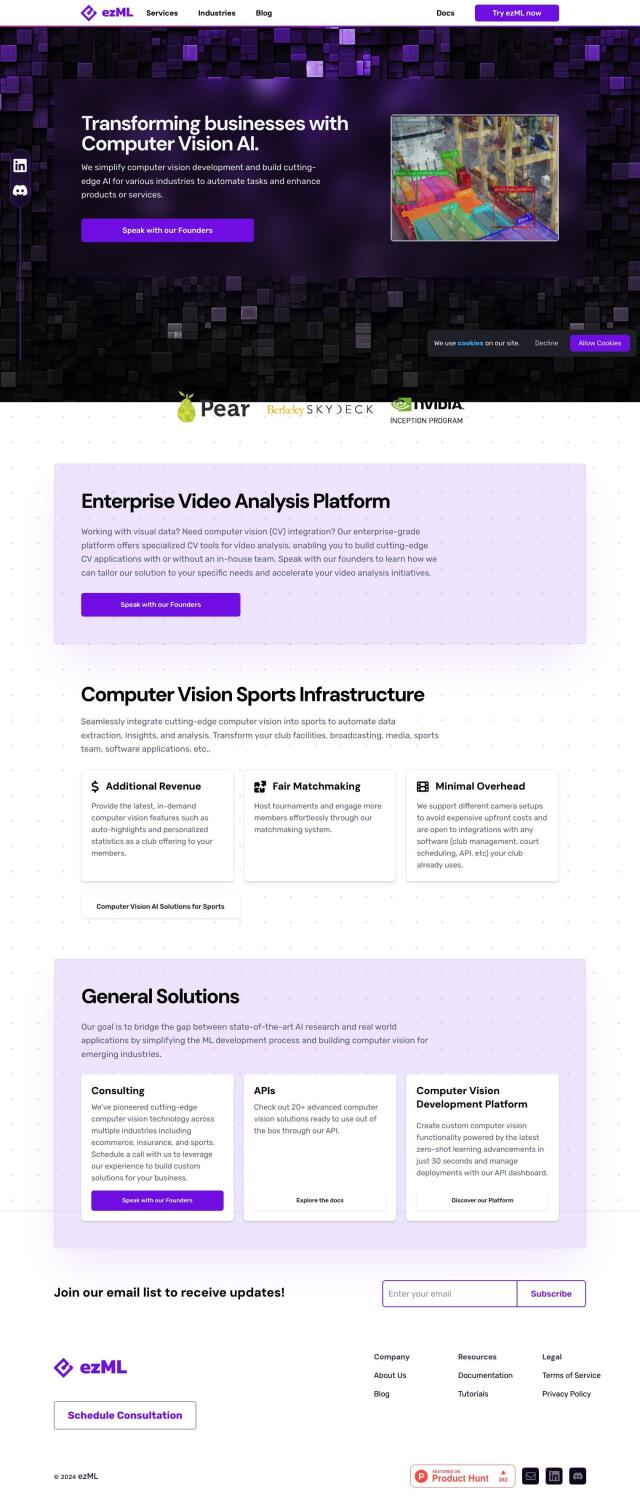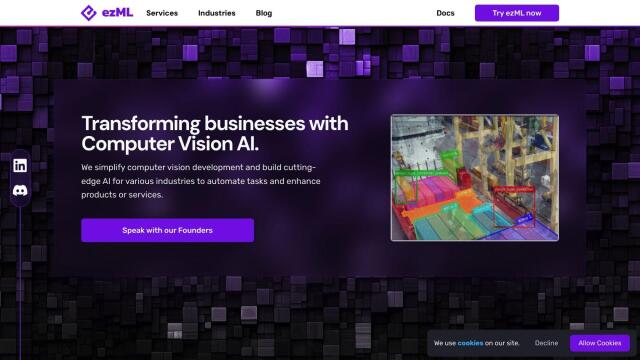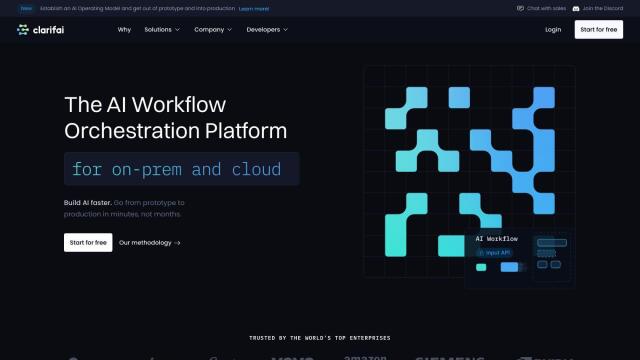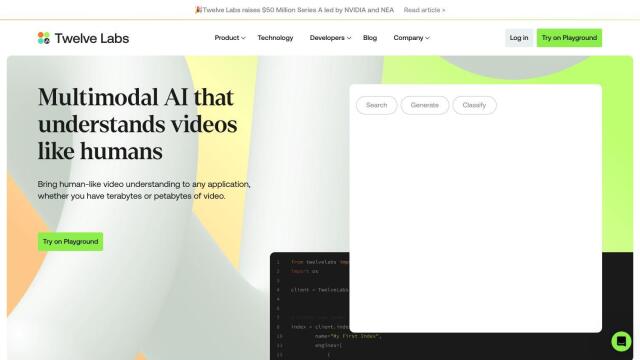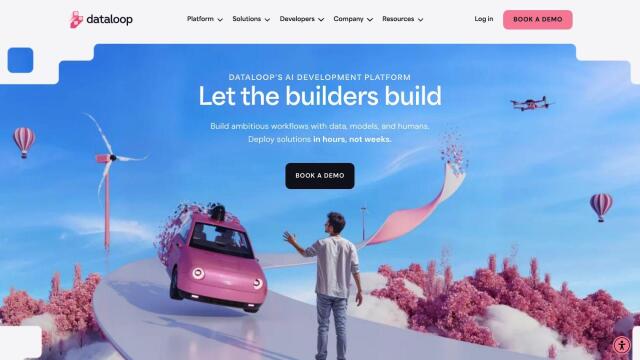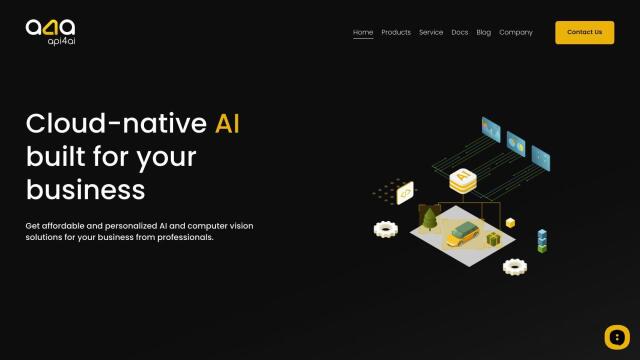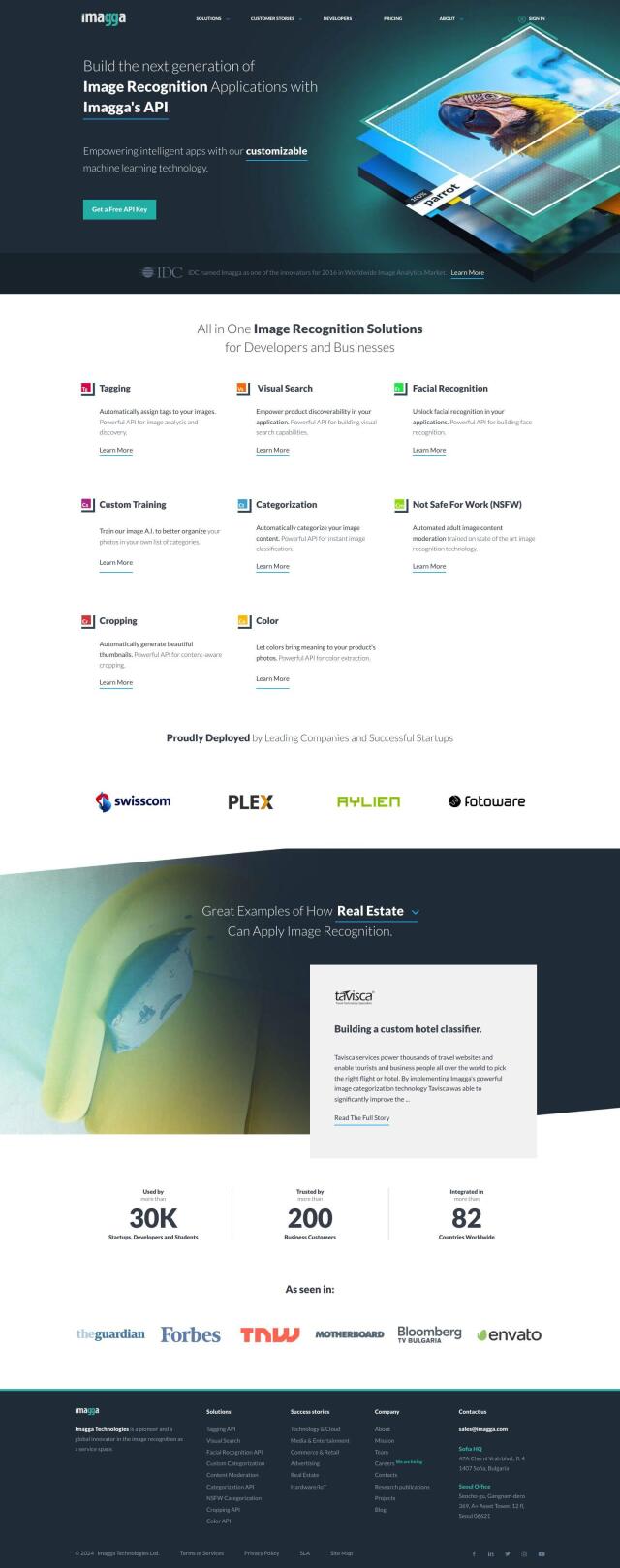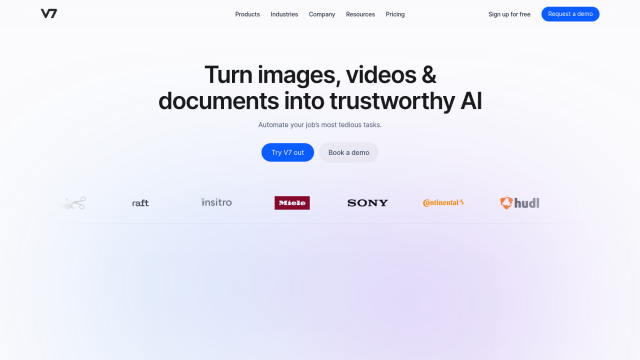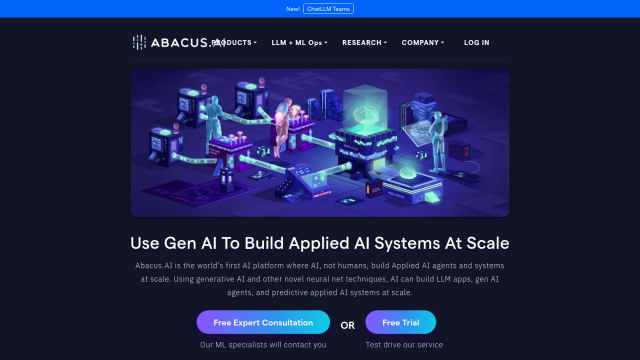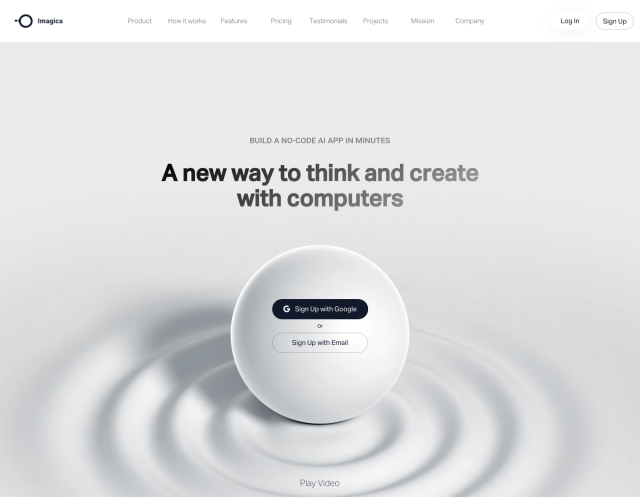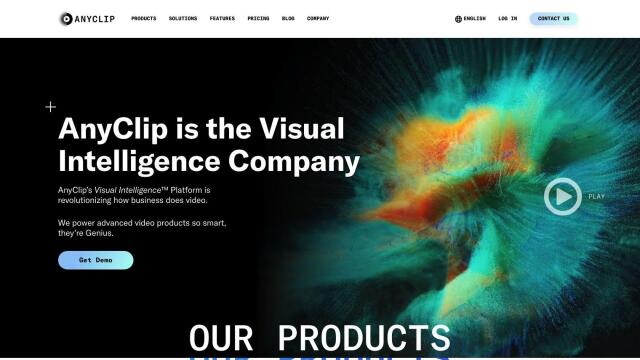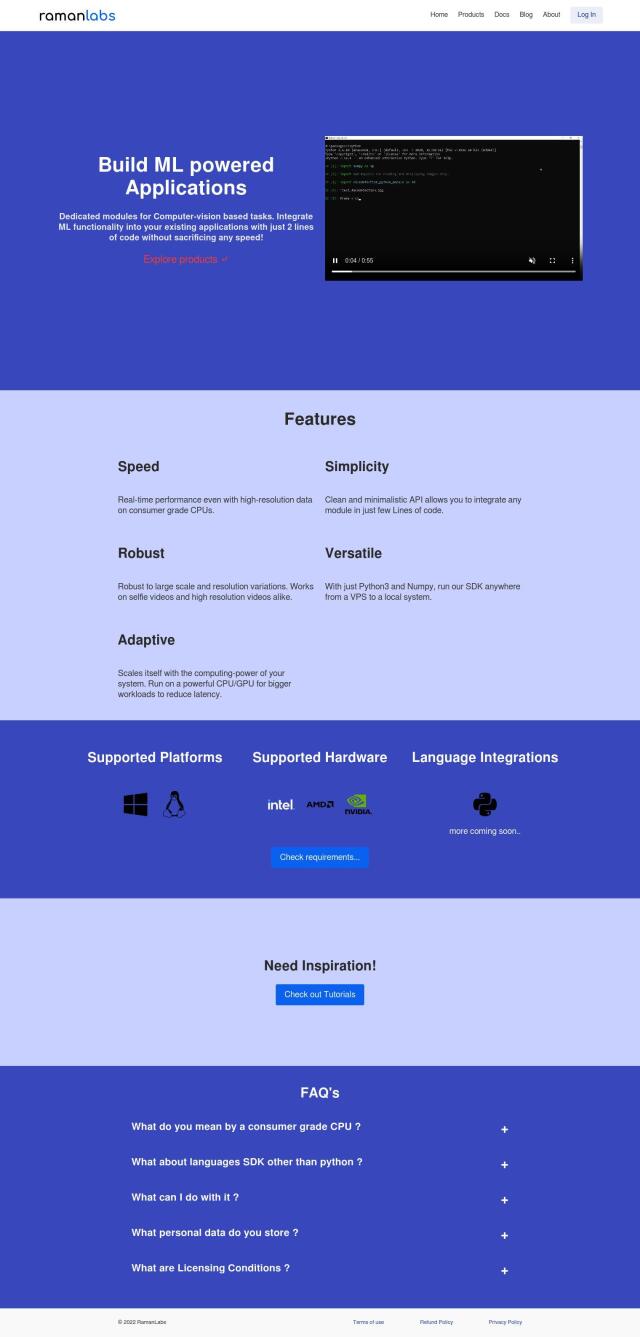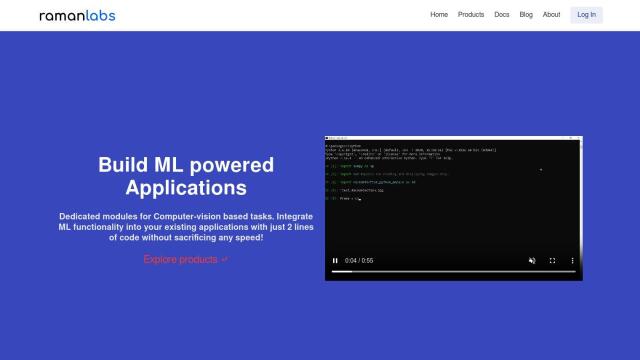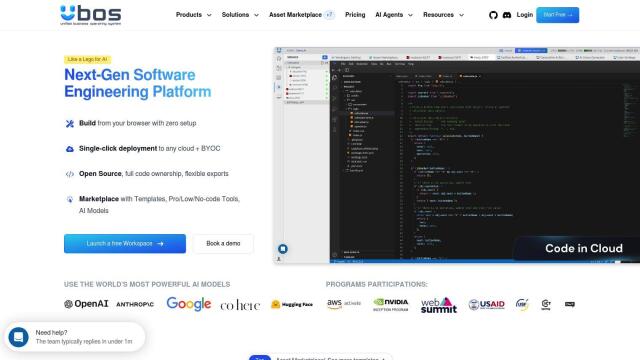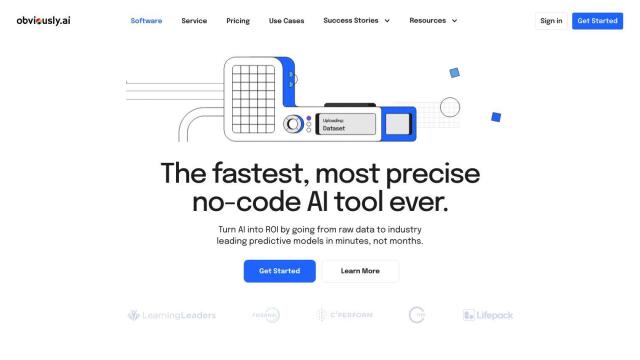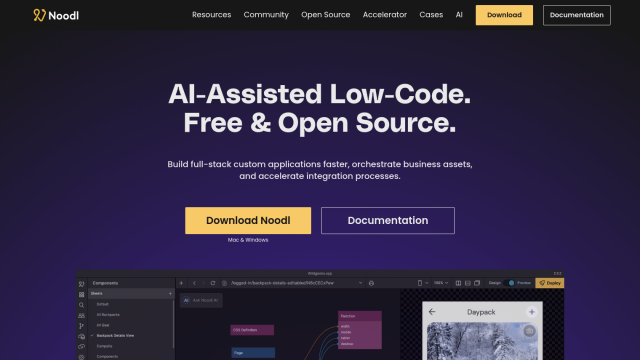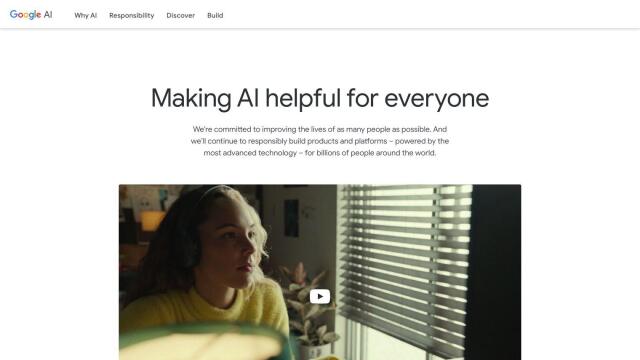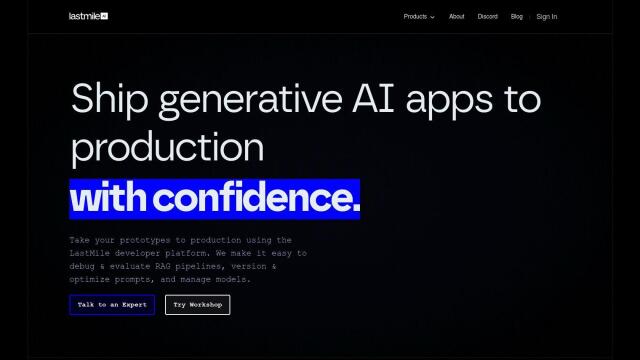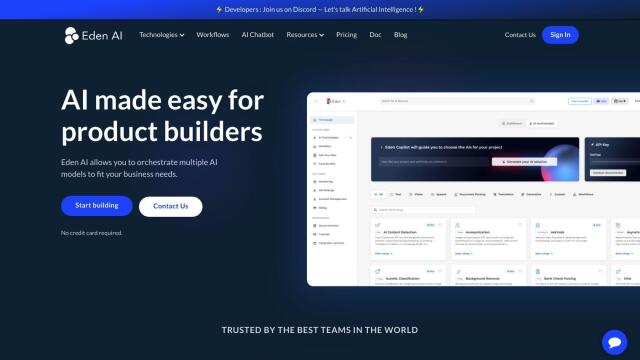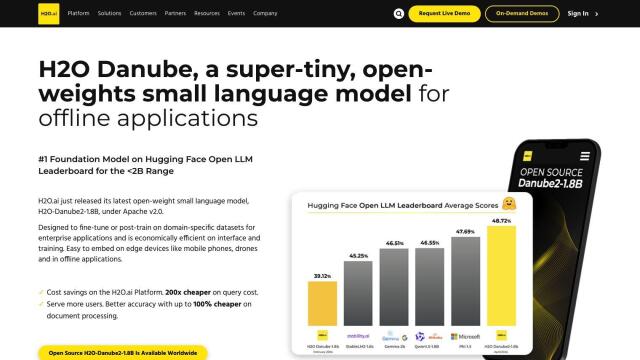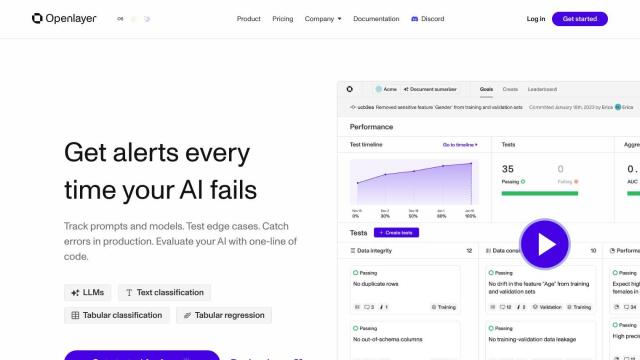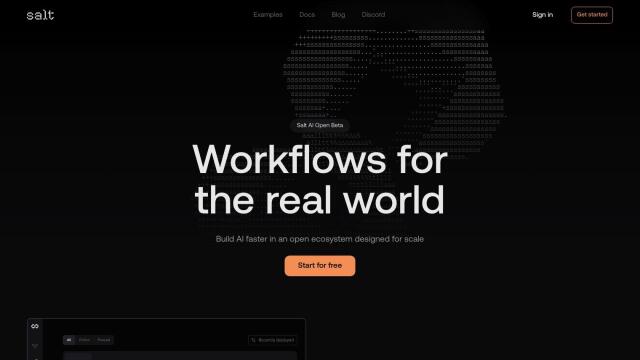Question: I need a platform that makes computer vision accessible to non-technical users, can you suggest one?

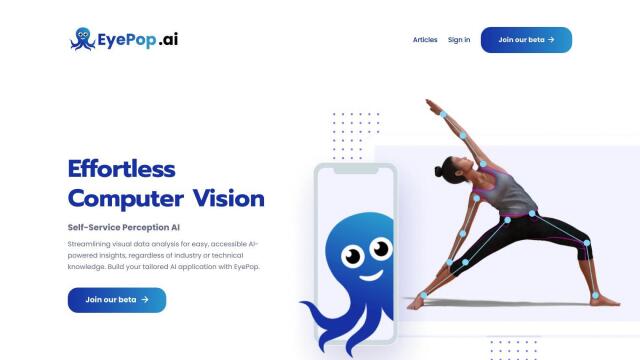
EyePop.ai
If you want a platform that makes computer vision accessible to people who don't know how to program, EyePop.ai is a good option. It's got a no-code/low-code interface that lets you create your own custom computer vision apps, called "Pops," that run on existing images, videos or live streams. The company has a relatively approachable interface, lots of documentation and live stream analysis, so it's a good place to start if you want to see what AI can do.

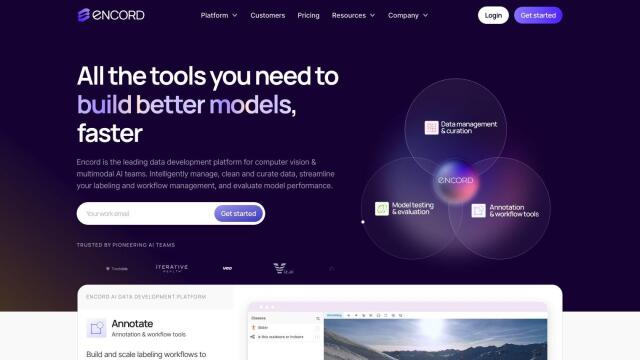
Encord
Another option is Encord, a full-stack data development platform that streamlines the creation of predictive and generative computer vision apps. It's got tools for ingesting data, cleaning it, annotating it and evaluating model performance. Encord's interface is designed to be easy to understand, with a lot of support to get you up and running faster and get your models to perform better.

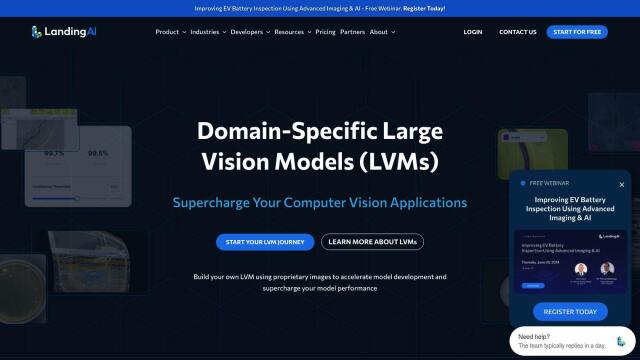
LandingLens
LandingLens is another option. It's a cloud-based service that uses domain-specific Large Vision Models (LVMs) and deep learning to solve problems in a variety of industries. It's got efficient image annotation, one-click training and detailed performance reports. LandingLens offers flexible deployment options and a data-first approach, so it can accommodate different customer needs.

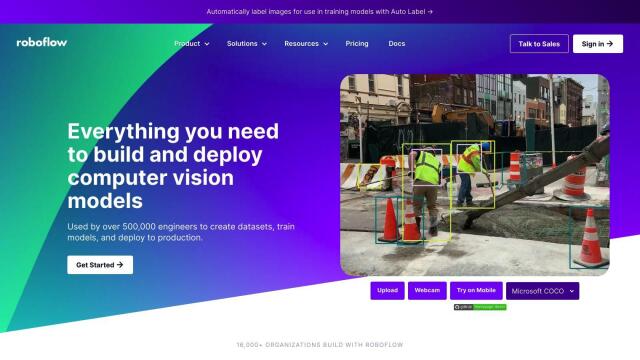
Roboflow
For a more complete solution, Roboflow is an all-in-one training and deployment platform for computer vision models. It's got automated annotation tools, pre-trained models and powerful deployment options. Roboflow also integrates with many frameworks and cloud services, so it's a good choice for developers and companies trying to make their computer vision work more efficient.
